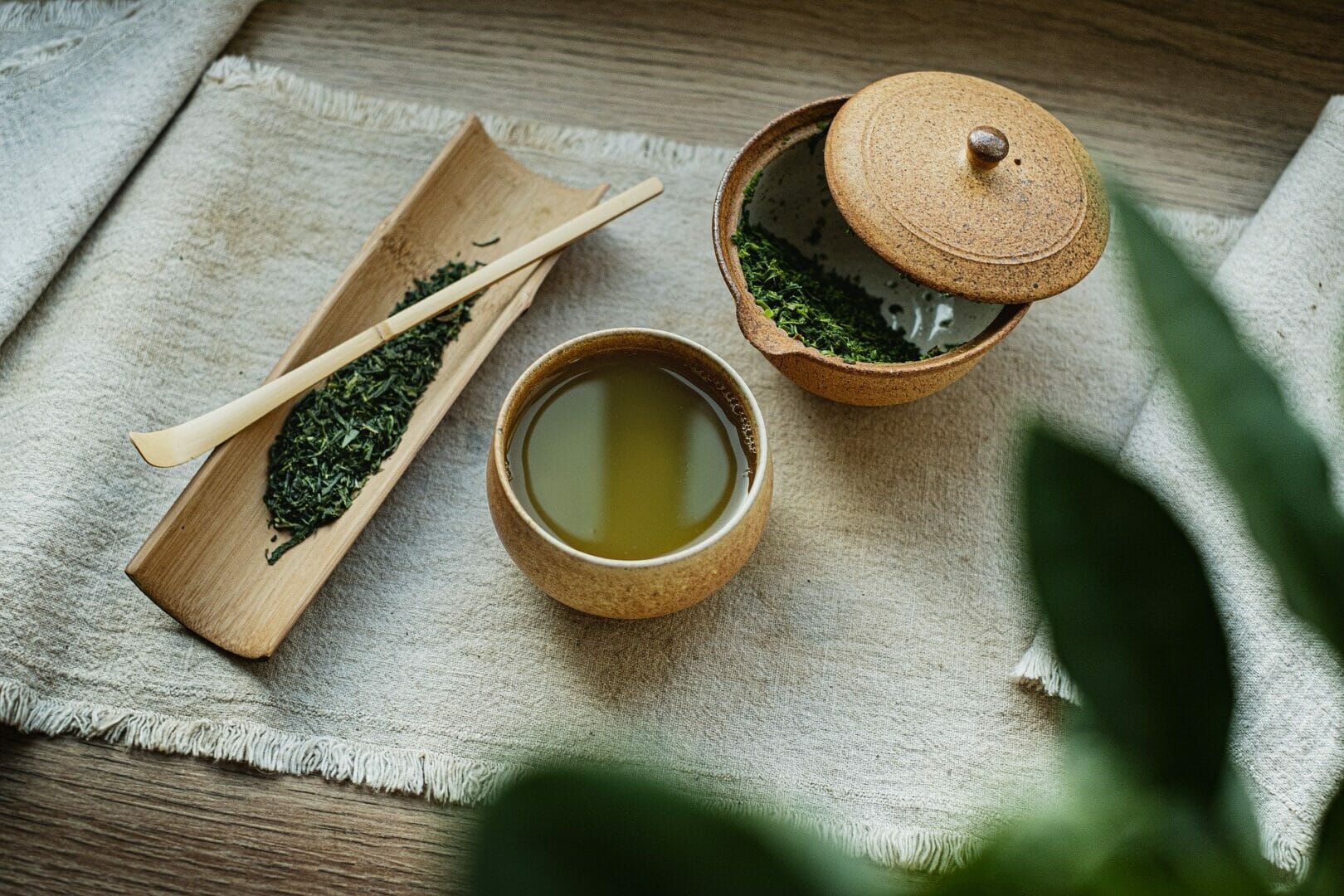
When it comes to food preferences, we all have our little quirks that are normal to us, but for others are surprising. But what really is ‘the norm’? This is down to personal perspective, and depending on where you are in the world, your tastebuds could be satisfied by something that to seems bizarre to someone else!
That is the beauty of food and trying new dishes from a variety of cultures. Other than expanding our typical go-to dishes, food gives people the opportunity to embrace an important aspect of every culture from various places across the world.
From fermented foods to snakes and oddly delicious drinks, the world is bursting with a splendid variety of unusual and interesting cuisines and drinks to try. Here, we discuss six of the most interesting cuisines from a variety of cultures.
1. Fermented duck eggs
While a fermented duck egg may not sound appetising to some, they are considered to be a delicacy to others. Originating hundreds of years ago in rural China, the first case of fermented duck eggs was discovered rather than created.
It’s thought a farmer one day stumbled across a bunch of duck eggs in a pool of muddy water that contained slaked lime – also known as calcium hydroxide. After trying them for himself, he began to replicate his discovery. Since then, they have become a delicacy in numerous places, including Hong Kong, China, and across other parts of Southeast Asia.
2. Chal milk
As for more fermented cuisines from around the world, chal, also known as shubat, is a popular fermented camel milk drink enjoyed in Turkmenistan, Kazakhstan, and Xinjiang in Northwest China. As well as making for a drink with a rather sour taste and striking smell, chal is thought to be a healthy and curative alternative to regular milk. This is due to its bioactive and nutritional ingredients. It also contains α-hydroxy acids, which are effective in treating skin disorders. It contains lactic acid bacteria such as Lactobacillus and Streptococcus, has lower lactose levels than fresh camel milk, and contains yeast.
3. Escamoles
Native to Central Mexico, Escamoles is the formal name for ant caviar. While it might not sound the most appealing dish, it is considered delicious by those who eat it! The ant eggs have a crunchy texture when fried and resemble white corn kernels or pine nuts. Escamoles also work well with a variety of different dishes, including tortillas, tacos, and omelettes.
4. Jibachi senbei
We all enjoy some good old-fashioned organic chocolate occasionally, especially when turned into chocolate chips for cookies. However, Japan has added its own unique twist to the cookie – wasp cookies (jibachi senbei). Made with digger wasps, these cookie/rice cracker snacks have both a sweet and savoury taste, similar to the flavour of burnt raisins.
5. Black pudding
This popular addition to a traditional full English breakfast is something that is not rare to see. Other than being a delicious food that is enjoyed with this breakfast, it is also enjoyed in numerous other places around the world, including the Americas, Africa, Asia, and Europe. Although, some people find the concept behind black pudding to be slightly unusual. After all, who would’ve thought a mix of congealed blood, natural flavourings, suet, and breadcrumbs all stuffed inside a sausage skin would make a delicious treat?
6. Hákarl
Native to Iceland, hákarl is a food made using Somniosidae sharks. The meat itself may not sound too bizarre, but how hákarl became what it is may have your eyebrows raising. Since these sharks have poisonous internal fluids that allow them to survive in extremely cold temperatures, they must first be drained out so that the meat is safe to eat.
To do this, the sharks are buried in a shallow pit below ground and pressed with stones. Then, they’re hung to dry, and tend to be cut into strips to serve. Other than how hákarl is made that is extraordinary, the texture, taste, and smell is thought to be rather unique too – with a texture resembling cheese, a strong fish flavour, and a rich ammonia smell.
So, the next time you travel to a new place, why not try some of these weird and wonderful cuisines for yourself? You never know, you could find a new go-to snack!
Sources
https://www.bbc.com/travel/story/20151208-the-rotten-egg-people-love-to-eat
https://theconsciouslife.com/unusual-fermented-foods.htm
https://eatyourworld.com/destinations/mexico/general_mexico/mexico_city/what_to_eat/escamoles#
https://www.atlasobscura.com/foods/jibachi-senbei-wasp-crackers-japan#
https://www.hostelworld.com/blog/the-50-weirdest-foods-from-around-the-world/
https://www.atlasobscura.com/foods/hakarl-shark-iceland
Rasheed, Z., 2017. Medicinal values of bioactive constituents of camel milk: A concise report. International journal of health sciences, 11(5), p.1.
